Hydromulching is an effective and sustainable revegetation method that can efficiently rehabilitate degraded lands. Erizon offers hydromulching solutions for various applications, which can be tailored to your site-specific goals and requirements.
The process involves the hydraulic application of a slurry of seeds, fertilisers, binders, and fibre-mulch that acts as a cover and moisture reservoir for seeds. This allows for faster germination, significant growth, and erosion control.
If you are interested in our hydromulching services, contact us today.
Suitable Application Types
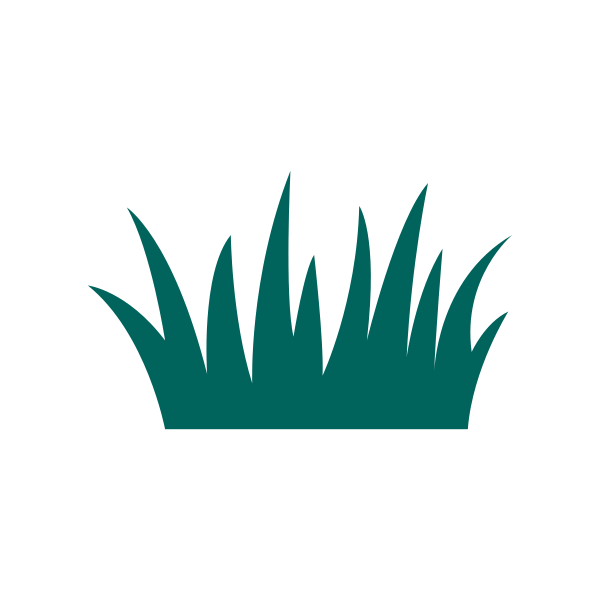





Hydraulic Growth Medium (HGM) and Bonded Fibre Matrix (BFM) are two hydromulching solutions scientifically designed for superior erosion control and vegetation growth in even the most degraded soils.
Revegetating flat, sloping, or uneven terrains can be costly and time-consuming. While Erizon’s EnviroSprout HGM uses a one-step process to quickly and economically vegetate large areas of land, EnviroLoc BFM and EnviroLoc Airfield BFM involve a two-pass process. The first is to maximise seed-to-soil contact for strong root establishment, and the second is to provide thermal stabilisation and water retention for sustainable plant growth.
Our BFM solutions are perfect for sites prone to extreme weather conditions, where HGM alone may not be sufficient to achieve successful revegetation.
We understand that each project has different goals and challenges. Get in touch with our consultants today so we can guide you in choosing the right solution for your site-specific needs!
EnviroSprout HGM is engineered as the most cost-effective way to revegetate large areas using a one-step process. With its microbiological amendments that improve soil health, accelerate germination, and enhance water infiltration, our HGM solution can promote sustainable, long-term plant growth.
Erizon offers two BFM solutions– EnviroLoc BFM and EnviroLoc Airfield BFM. EnviroLoc BFM, especially when combined with EnviroSoil, creates the ultimate environment for sustainable revegetation and allows for the rehabilitation of disturbed land that is difficult to grow on. Meanwhile, EnviroLoc Airfield BFM is Erizon’s specialty hydromulch for the aviation industry, based on the market-leading EnviroLoc BFM.
It is made with an airport-grade polymer blend that prevents erosion by jet blast while providing the best possible vegetation growth results. The advanced formulas of these premium hydromulching solutions allow them to provide superior erosion control and vegetation growth even in extreme weather conditions where HGMs alone may not be sufficient to achieve success.
All our hydromulching products have been scientifically developed and extensively tested to provide long-term results even in extreme Australian conditions. We start by inspecting the site and soil testing to gain insights into how we can improve the land.
From here, we develop a tailored plan according to your site-specific need and project goals. Using the latest equipment, our team of experts implements the right solution and monitors the progress consistently to ensure success.
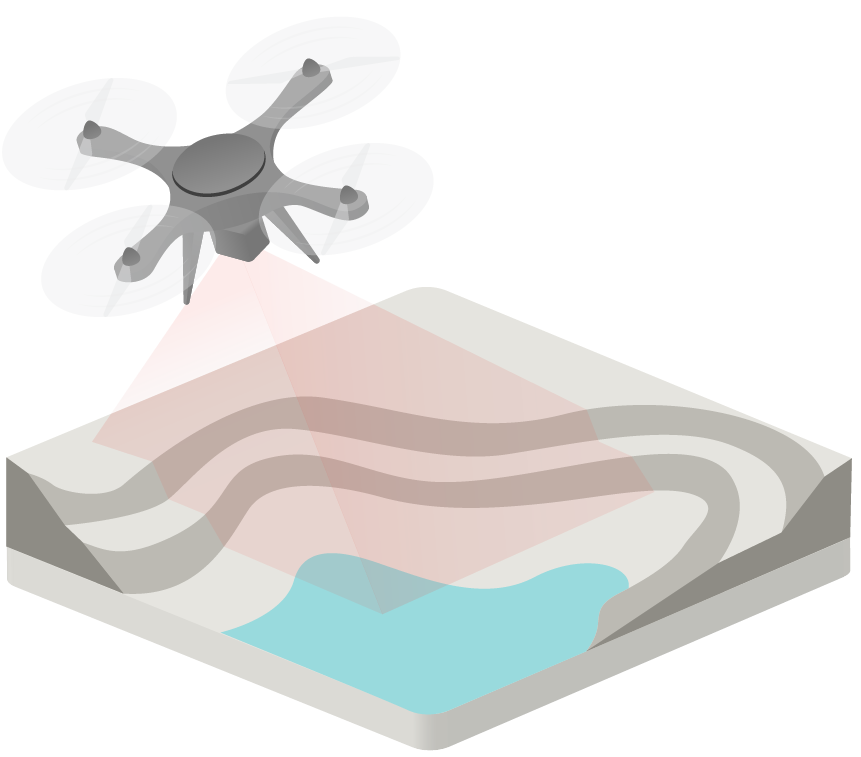

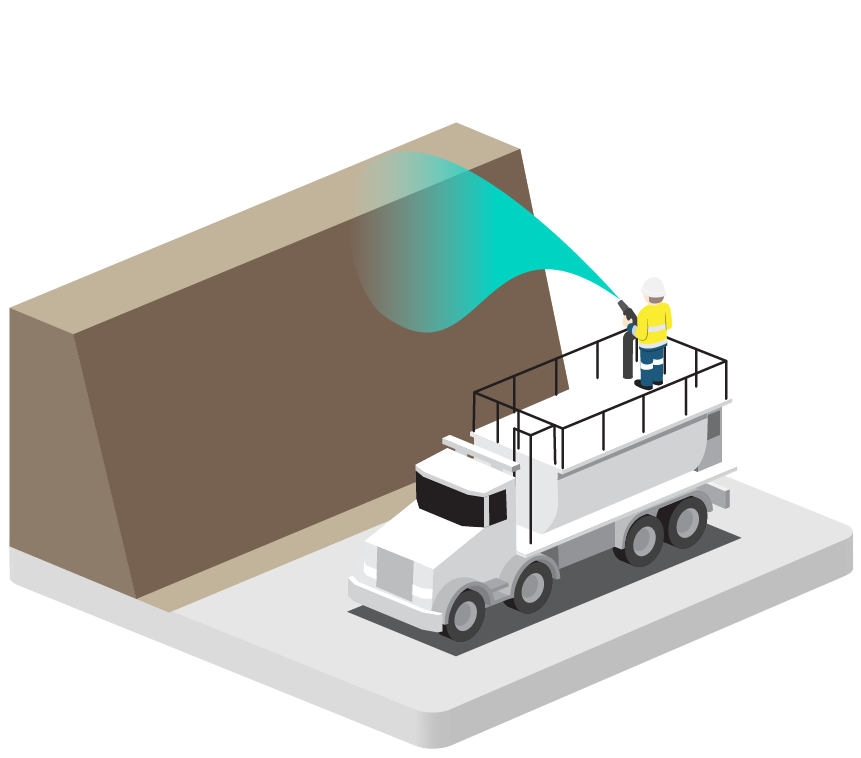
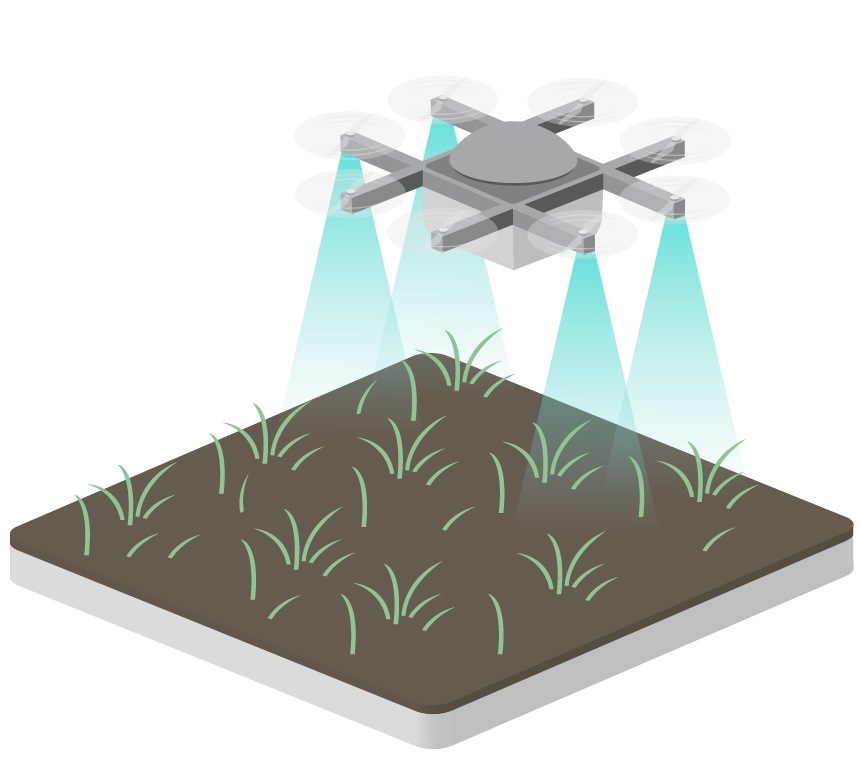
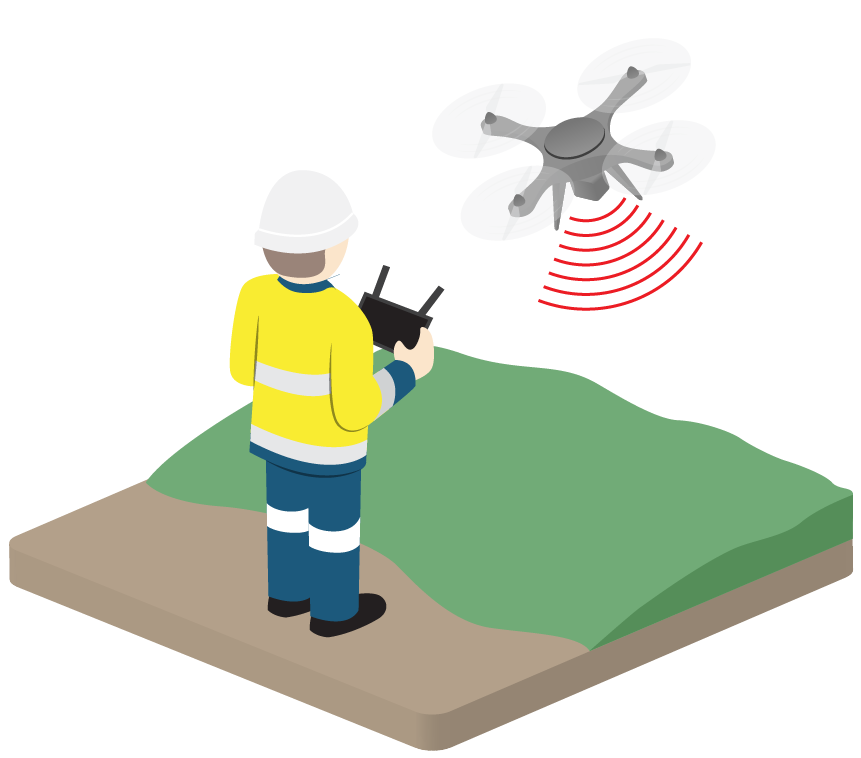
Erizon provides two distinct types of hydromulching solutions, each of which was designed for Australia’s unique climate, terrain, and soil types.
Both technologies offer great protection against soil erosion by retaining a significant volume of water and enhancing the quality of the soil.
With its tailored fibre matrix technology, EnviroLoc BFM is an innovative hydromulch solution that promotes faster plant development and better erosion control.
Our method works in any weather, but it thrives in uneven terrain and rocky seedbeds. Its excellent water retention capability and enhanced airflow exchange create a perfect medium for seed germination and allow for a greater soil cover, which ultimately helps prevent erosion.
We can vegetate large areas of land with the help of EnviroSprout HGM, a hydromulching solution applied with a hydraulic system. It is suitable for sloped or flat surface, and it aids plant growth by providing a comfortable nest for seeds and a steady supply of water.
This covering has similar effects to an erosion blanket. Its durability can last for up to a year. It also helps prevent soil erosion before plants ever germinate, establish themselves, and anchor the soil in place.
Hydromulching is a process of applying a mixture of water, seed, fertilizer, and other additives to the ground to promote vegetation growth. The mixture is sprayed onto the ground using a specialised HydroRig, which evenly distributes the material across the area. The mulch layer helps retain moisture and provides a protective barrier for the seeds, helping them grow quickly and successfully.
Hydromulching offers several benefits over traditional seeding methods. The mixture of seed, fertilizer, and other additives is applied evenly, ensuring uniform coverage across the entire area. The mulch layer helps retain moisture, promoting faster seed germination and establishment. Hydromulching also requires less labor and time than traditional seeding methods, making it a cost-effective option for large-scale projects.
The best time to hydromulch depends on the specific region and climate. Generally, it is recommended to hydromulch during the growing season, when temperatures are moderate and rainfall is consistent. This helps ensure that the seeds have the best chance of germinating and establishing before winter. However, some regions may have different growing seasons, so it’s important to consult with a professional before hydromulching.
Hydromulching can be used on a variety of surfaces, including hillsides, embankments, slopes, and other challenging terrains. The mixture can be applied to bare soil, or it can be used to supplement existing vegetation. Hydromulching is also a popular choice for erosion control and reclamation projects, as it helps stabilize the soil and prevent erosion.
Several factors can affect the success of a hydromulching project, including the quality of the seed and other materials used, the application rate, and the environmental conditions. Proper site preparation, including soil testing and grading, is also critical for success. In addition, maintenance practices, such as irrigation and weed control, can help ensure the continued growth and health of the vegetation.
The amount of time it takes for vegetation to establish after hydromulching depends on several factors, including the type of seed used, environmental conditions, and maintenance practices. In general, it can take anywhere from a few weeks to several months for vegetation to become established. Proper maintenance, including irrigation and weed control, can help speed up the process and ensure the health and longevity of the vegetation.
Call our team today on 1300 182 182
Please note we do not service Residential Projects.